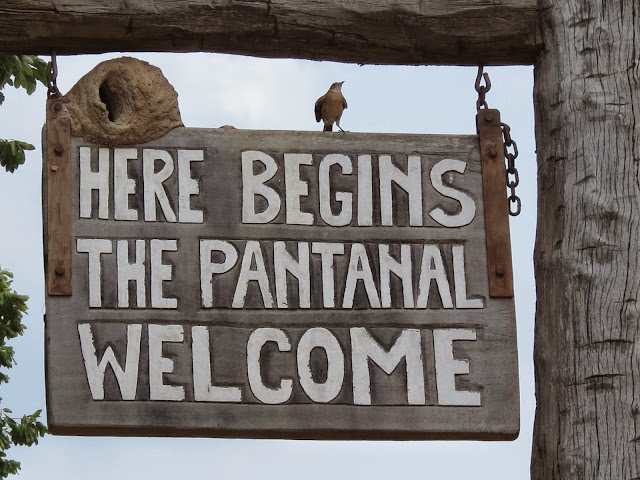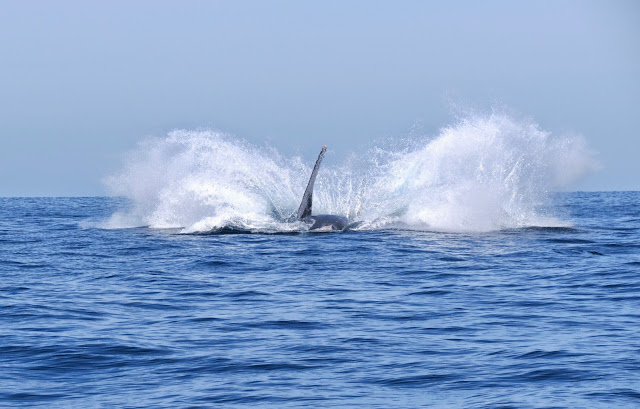I've been fortunate enough to lead birding tours to many countries in Latin America over the last twenty years or so.
I started with Peru, then Brazil and Bolivia and so on, but recently Mexico has become one of my favourite destinations.
I've now visited Western Mexico on several occasions, birding the Pacific Coast from Sinaloa, Jalisco and Nayarit.
The most recent tours I led for
Ornitholidays concentrated on the fabulous birding mecca of the San Blas area with access to the mangrove coast, lagoons, foothills and tropical arid forests.
Birds were of course the main focus but when my ground agent happened to mention that he ran 'whale tours' off the coast of his home town of Puerto Vallarta, it merited further investigation to say the least.
It wasn't long before we saw the first 'blows' way out in the bay and as Karel of EcoTours had promised, we were going to see our first Humpback Whales!
 |
| Humpback Whale Megaptera novaeangliae, 18/1/14 Puerto Vallarta (Jalisco) W. Mexico. |
We were already delighted with our first Humpback sightings, but a full breach would be great wouldn't it?
Banderas Bay is a fantastic place to see Humpback Whales in the winter when breeding groups frequent the warm tropical waters where they breed, returning to the coast of Canada to feed in the summer.
Researchers keep an eye on these marvellous creatures as well as the many tourists visiting Puerto Vallarta to see them.
For more information see the
ECOTOURS website.
















.JPG)
.jpg)



.JPG)






.JPG)

























